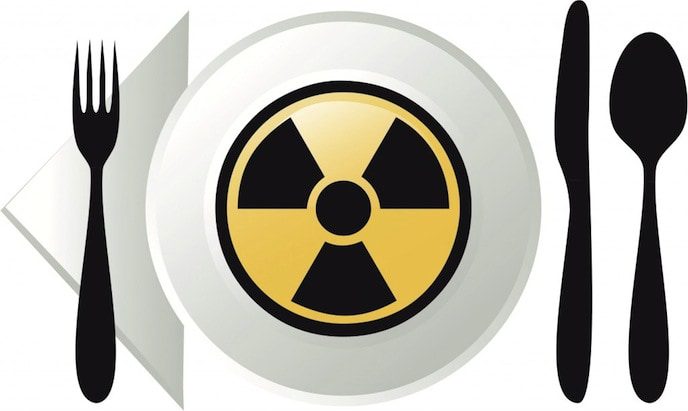
An analysis of ten years of data on food poisoning outbreaks indicates that Americans are twice as likely to get sick from food prepared in a restaurant than from food prepared at home. The Center for Science in the Public Interest (CSPI), a Washington non-profit group, analyzed what are termed “solved” outbreaks, where the pathogen […]
 An analysis of ten years of data on food poisoning outbreaks indicates that Americans are twice as likely to get sick from food prepared in a restaurant than from food prepared at home.
An analysis of ten years of data on food poisoning outbreaks indicates that Americans are twice as likely to get sick from food prepared in a restaurant than from food prepared at home.
The Center for Science in the Public Interest (CSPI), a Washington non-profit group, analyzed what are termed “solved” outbreaks, where the pathogen and food responsible have been determined. CSPI found more than 1,610 outbreaks in restaurants that sickened more than 28,000 people; 893 outbreaks linked to private homes caused nearly 13,000 cases of foodborne illnesses, United Press International (UPI) reports.
The Centers for Disease Control and Prevention (CDC) estimate that each year about 1 in 6 Americans – 48 million people – get sick from a foodborne illness. About 128,000 of them require hospitalization and 3,000 die annually as a result foodborne diseases. Though meat-related outbreaks create great public alarm, fresh produce, seafood, and packaged foods were responsible for more than twice as many solved outbreaks as meat and poultry products, according to UPI.
Salmonella, E. coli O157:H7, hepatitis A, and listeria are among the pathogens most often responsible for foodborne illnesses. Diarrhea, abdominal cramps, nausea, vomiting, and fever are frequent symptoms of foodborne illness. While many people recover from these illnesses without treatment, young children, the elderly, pregnant women, and people with weakened immune systems are among those more likely to become sick enough to require hospitalization, according to the CDC.
Food can be contaminated in a variety of ways during growth, production, and processing the CDC explains, and improper storage or handling of foods, especially raw meat and poultry, can spread pathogens. Restaurant workers must carefully clean and sanitize equipment and surfaces to avoid transferring microbes from one food to another. Workers must wash their hands thoroughly, especially after using the toilet. Foods must be thoroughly cooked and carefully handled after cooking to avoid contamination.
Most foodborne infections go undiagnosed and unreported, the CDC says, either because the ill person does not see a doctor, or the doctor does not make a specific diagnosis.


